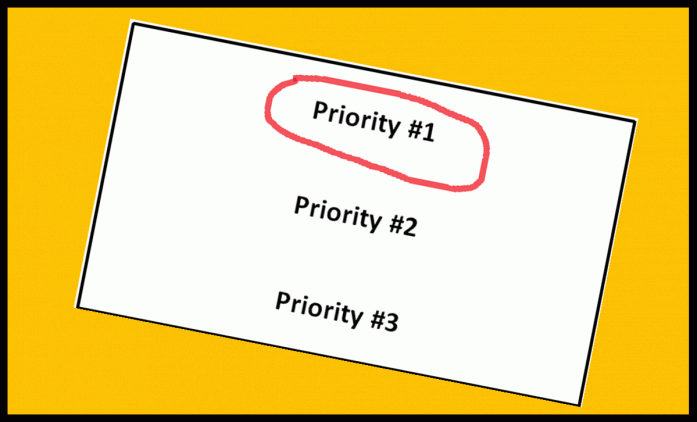If general practice wants to influence the local Integrated Care System (ICS) then it needs to be clear what influence it wants to have. If it doesn’t have priorities of its own then how can it expect these to be reflected in the priorities of the new system?
Last week I wrote about the importance of each area creating a local leadership group for general practice, including as a minimum the PCN CDs, LMC and federation (where there is one). However, if an area puts such a group in place the risk is that this will simply be used by the rest of the system as a means of talking to general practice about what is on their agenda, and end up as yet another meeting that doesn’t help or extend the influence that general practice has.
Indeed, in some areas we are seeing these leadership groups attempt to be established by the system (as opposed to by general practice itself). These are rooted in the need for the system to have one place that it can come to ‘do business’ with general practice – they are about making it easier for system partners, not about strengthening the voice and influence of general practice.
General practice needs to set its own priorities first. But what are these priorities of? If when generating priorities what comes out is a list that looks like more GPs, more money and less work for general practice then it is hard to see how this is going to help general practice increase its influence. The system will not take the service seriously.
While these things are important, what the local leadership group needs is priorities that do two things: strengthen how GP practices can be supported by joint working; and identify the specific influence that general practice wants to have on the local system.
What type of things could these priorities be? Each local area needs to decide this for itself, but it could be things such as:
- Strengthening the resilience support for local practices (potentially pushing for resources for this to be transferred from the system to within general practice itself)
- Supporting practices with the recruitment of hard to find staff groups
- Practical steps to reduce the shift of work from secondary to primary care
- Putting a local communications or media campaign in place to educate the public about the range and value of the roles that now form part of local general practice
- Ensuring general practice plays a leadership role in the new Integrated Neighbourhood Teams as they develop
These are just examples, and won’t be right for your area, but they give you an idea of the type of priorities it could be helpful for local general practice to have. They need to be translatable into practical actions that general practice can influence the local system to take. To be effective they also need to resonate at an individual practice level.
How do you set these priorities? What is key here is engaging local practices in the process. The local leadership team cannot just tell practices what the priorities are. For them to have real value they need the support of all practices.
This could be done by asking practices what the priorities should be and building up from there. The risk with this approach is that it could build expectations of the leadership team that may not be realistic. A better option may be for the leadership team to identify a range of potential priorities and then involve all practices in the decision-making as to what constitutes the final list. This process would also provide an opportunity to explain to practices what the leadership group is, why it is needed, and what it is trying to achieve.
Once it has an agreed set of priorities in place the leadership group is in a much better place to control its agenda and how it spends its time, ensure that the primary focus of its energy is on delivering these priorities, and establish a real and productive influence in the local system.


No Comments